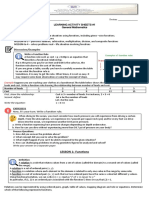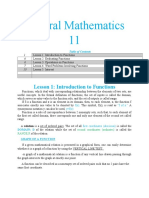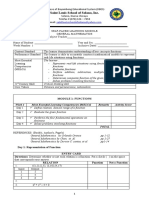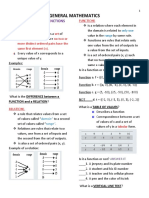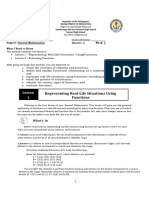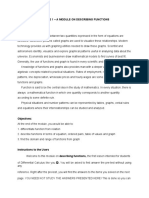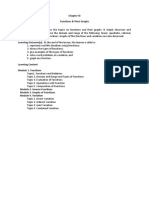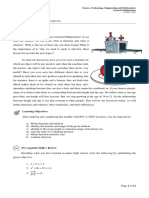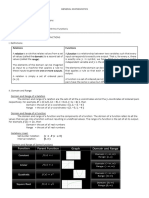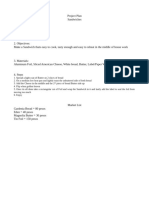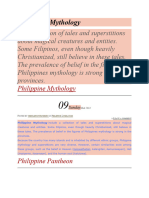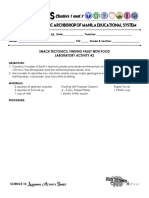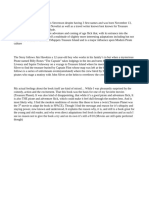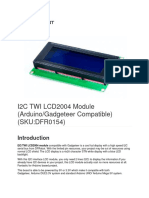0% found this document useful (0 votes)
31 views42 pagesRevisiting and Modelling Functions
The document outlines the learning objectives for a lesson on various types of mathematical functions, including piecewise, rational, exponential, and logarithmic functions. It includes definitions, examples, and scenarios to illustrate the relationships between variables, as well as questions to encourage critical thinking about the importance of functions in real-life situations. The document also features a prayer and various exercises to engage learners in understanding these mathematical concepts.
Uploaded by
A throw awayCopyright
© © All Rights Reserved
We take content rights seriously. If you suspect this is your content, claim it here.
Available Formats
Download as PDF, TXT or read online on Scribd
0% found this document useful (0 votes)
31 views42 pagesRevisiting and Modelling Functions
The document outlines the learning objectives for a lesson on various types of mathematical functions, including piecewise, rational, exponential, and logarithmic functions. It includes definitions, examples, and scenarios to illustrate the relationships between variables, as well as questions to encourage critical thinking about the importance of functions in real-life situations. The document also features a prayer and various exercises to engage learners in understanding these mathematical concepts.
Uploaded by
A throw awayCopyright
© © All Rights Reserved
We take content rights seriously. If you suspect this is your content, claim it here.
Available Formats
Download as PDF, TXT or read online on Scribd
/ 42

